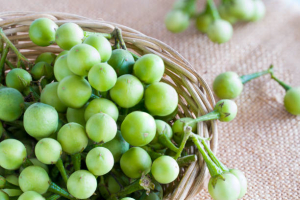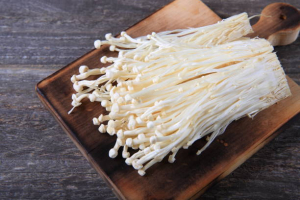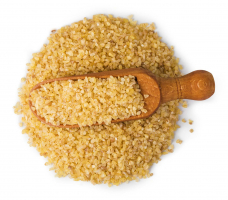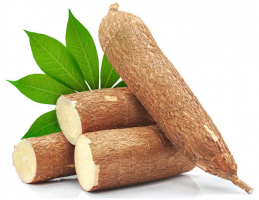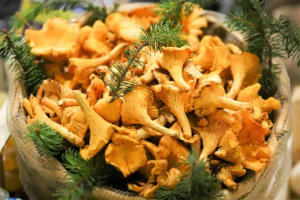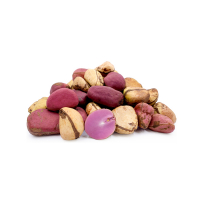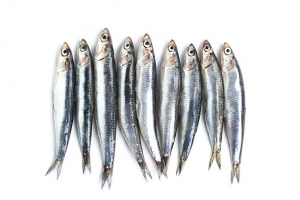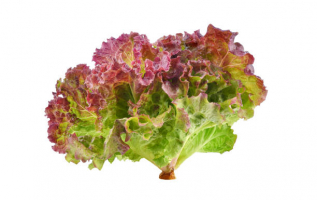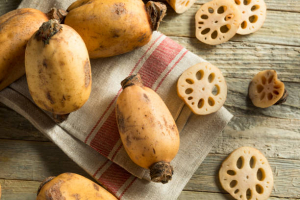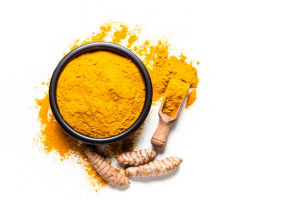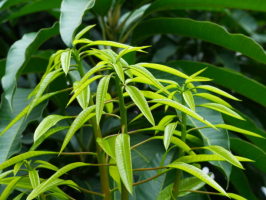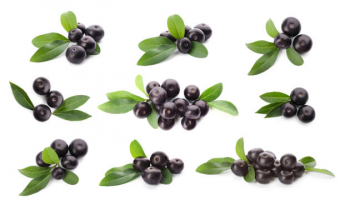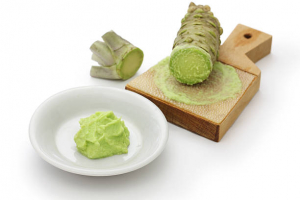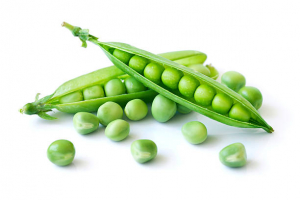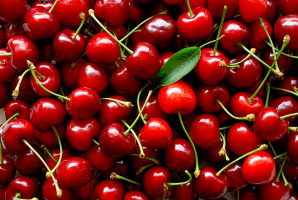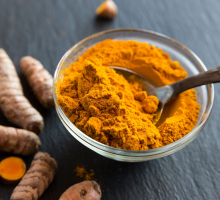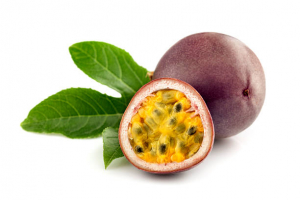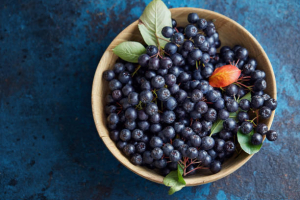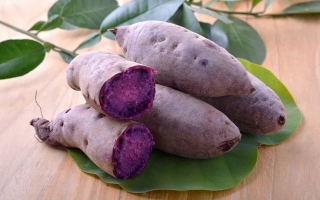Top 7 Health Benefits of Tamarind
Tamarind is a hardwood tree with the scientific name Tamarindus indica. It is native to Africa, although it is also found in India, Pakistan, and other ... read more...tropical areas. The tree produces bean-like pods that contain seeds and are wrapped by a fibrous pulp. The immature fruit's pulp is green and sour. The delicious pulp becomes paste-like and more sweet-sour as it ripens. Surprisingly, tamarind offers several health advantages that you may not be aware of. Continue reading for more details.
-
Tamarind is high in many nutrients. A single cup (120 grams) of the pulp contains:
- Magnesium: 26% of the daily value (DV)
- Potassium: 16% of the DV
- Iron: 19% of the DV
- Calcium: 7% of the DV
- Phosphorus: 11% of the DV
- Copper: 11% of the DV
- Vitamin B1 (thiamin): 43% of the DV
- Vitamin B2 (riboflavin): 14% of the DV
- Vitamin B3 (niacin): 15% of the DV
It also has 6 g of fiber, 3 g of protein, and less than 1 g of fat. This has a total of 287 calories. These calories are virtually entirely from sugar, however, full fruits do contain a lot of natural sugar. Despite its high sugar concentration, tamarind pulp is classified as a fruit rather than an added sweetener. Added sugar is the type of sugar that has been related to metabolic syndrome and type 2 diabetes, and it is the form of sugar that the Dietary Guidelines for Americans advise you to restrict. Polyphenols, which are naturally occurring plant chemicals with health advantages, are also present. In the body, several of them work as antioxidants.
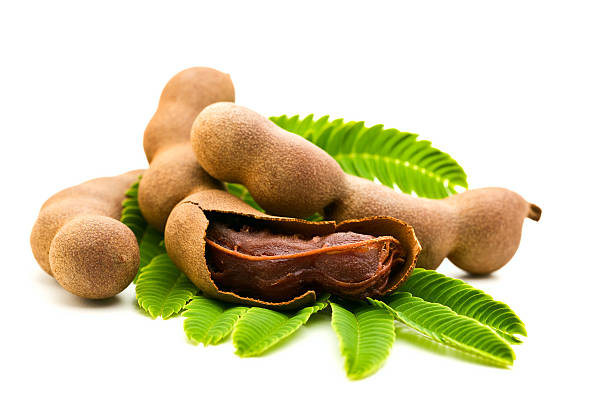
High in nutrients 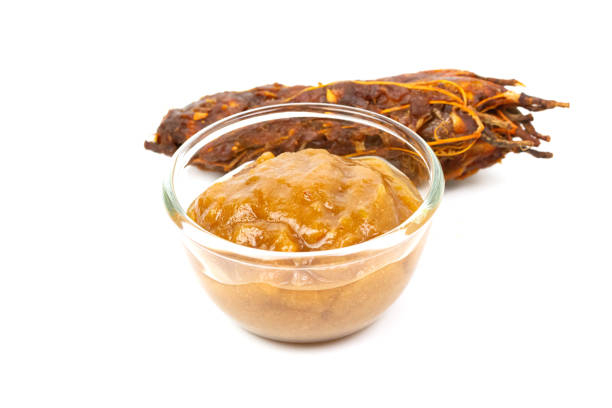
High in nutrients -
Tamarind also has a high magnesium content. One ounce (30 grams), or little less than 1/4 cup, of pulp provides 5% of the DV. Magnesium offers several health advantages and is involved in over 600 bodily activities. It also contains anti-inflammatory and anti-diabetic properties and can help decrease blood pressure. However, up to 20% of persons in the United States are deficient in magnesium.
In numerous ways, this fruit may improve heart health. It has flavonoids and other polyphenols, some of which can help control cholesterol levels. In one study, tamarind fruit extract reduced triglycerides, LDL (bad) cholesterol, and total cholesterol in hamsters with elevated cholesterol. The antioxidants in this fruit can help prevent oxidative damage to LDL cholesterol, a major cause of heart disease, according to second animal research conducted in vivo.
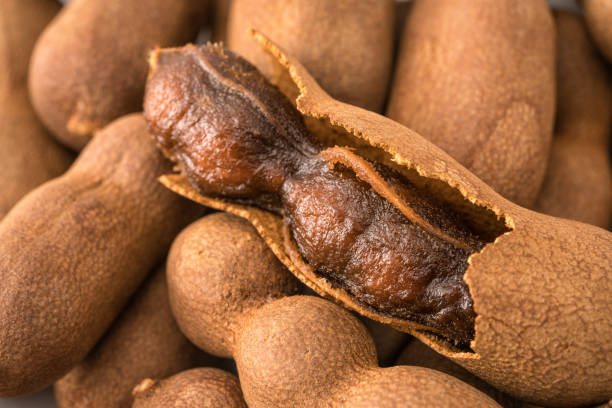
High in beneficial magnesium and may boost heart health 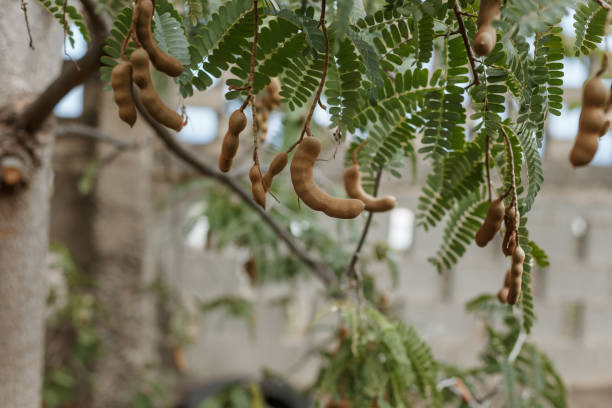
High in beneficial magnesium and may boost heart health -
Chronic inflammation in your body has an indirect impact on your liver. Rats with arthritis were given tamarind seed extract in one research. The findings revealed a decrease in hepatic oxidative stress. Tamarind extract's active procyanidins protected the liver from free radical damage. Depletion of inflammatory indicators such as glutathione, total thiols, glutathione peroxidase, and reductase was also seen.
Tamarind contains minerals such as copper, nickel, manganese, selenium, and iron, which help your body's defense against oxidative stress. Together with vitamin E, selenium protects the lipid content of liver cells against free radical damage.
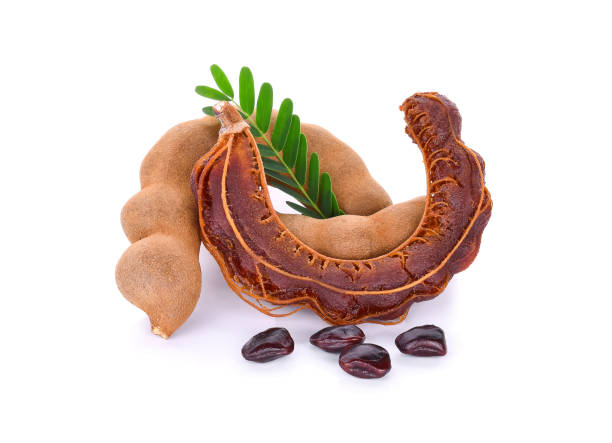
Mitigate liver injury 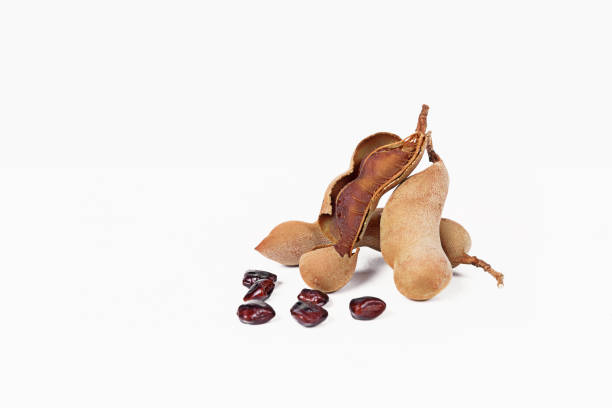
Mitigate liver injury -
Since ancient times, tamarind fruit pulp has been utilized as a natural skin cleanser. Since alpha-hydroxyl acids are present, it encourages the development of smoother and lighter skin (AHAs). Tamarind pulp contains tartaric acid (8–23.8%), lactic acid (2%), citric acid, and malic acid among other AHAs. These AHAs nourish and moisturize your skin, as do pectin and inverted sugar.
According to legend, tamarind pulp has skin-lightening effects. 11 male participants participated in a study to find out how tamarind seed extract affected their skin tone. For 12 weeks, their faces were rubbed with the seed extract twice daily. When the test product was used, there was a relative decrease in the amount of sebum and melanin in the skin. This could be explained by tamarind's antioxidant polyphenol content. These substances destroy free radicals from your body, which indirectly lowers the amount of melanin in your skin.
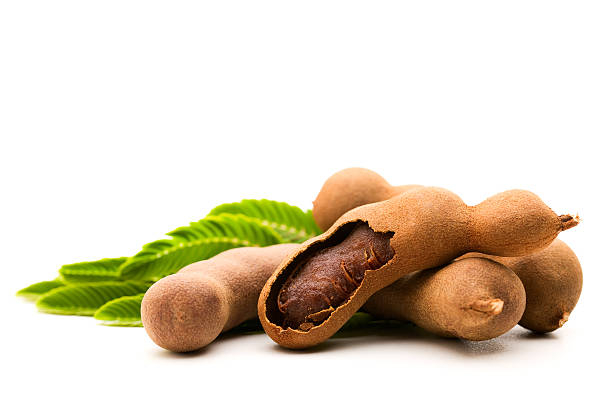
Help exfoliate and lighten your skin 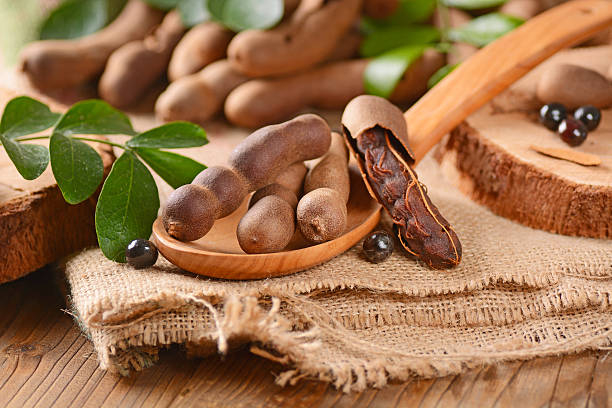
Help exfoliate and lighten your skin -
Heart, liver, kidney, and numerous metabolic problems are all associated with obesity. In rat trials, researchers have examined the impact of tamarind on controlling weight and obesity. It was discovered that tamarind pulp decreased plasma levels of bad cholesterol (LDL) and elevated levels of good cholesterol (HDL). Rats on a high-fat diet were given 5, 25, or 50 mg/kg of tamarind pulp extract orally for 10 weeks, and this had an anti-obesity effect. These rats lost body weight as a result of this investigation.
Additionally, this extract decreased fatty acid synthase activity (FAS). An enzyme called FAS aids in the development of adipose tissue in your body. It also stops free radicals from oxidizing lipids. The antioxidant abilities of this extract were also shown in the rat investigation. In rats with obesity-induced obesity, the extract may have positive benefits. To determine what other plant constituents contribute to this advantage, more research is required.
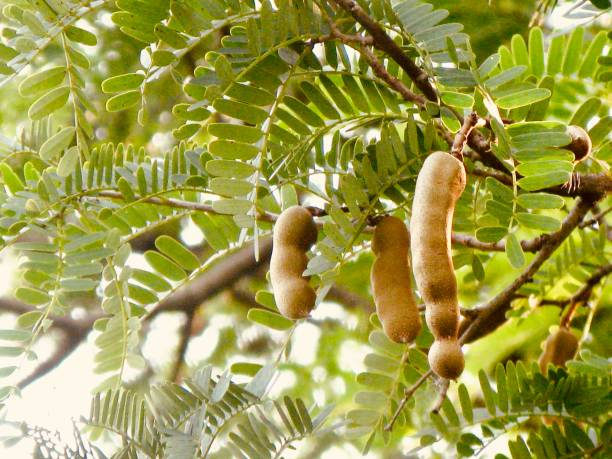
Aid weight management 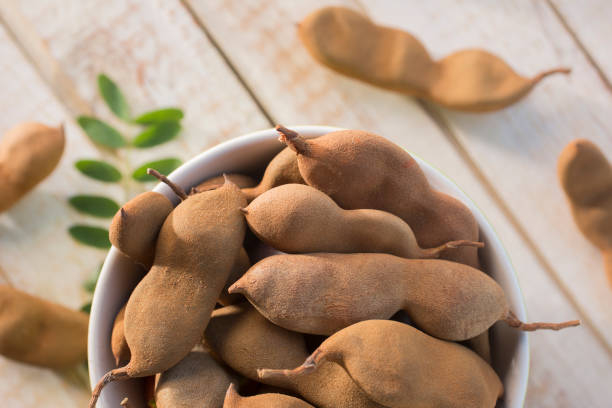
Aid weight management -
Due to its high tartaric and malic acid content, tamarind has long been used as a laxative. Potassium bitartrate, one of the active compounds in tamarind, also helps to ease constipation. Abdominal discomfort is frequently caused by diarrhea and constipation. It has been demonstrated that tamarind bark and root extracts can effectively treat stomach pain. To treat constipation, soaking tamarind is used in Nigeria.
Rasam is a spiced dish from South India that also contains tamarind, cumin, black pepper, and mustard. To aid with digestion, it is consumed with rice. The fruit extract was able to heal atherosclerotic lesions in hamsters. Moreover, active tamarind molecules possess anti-inflammatory effects. They can tone down the severity of atherosclerosis and several cardiovascular diseases.
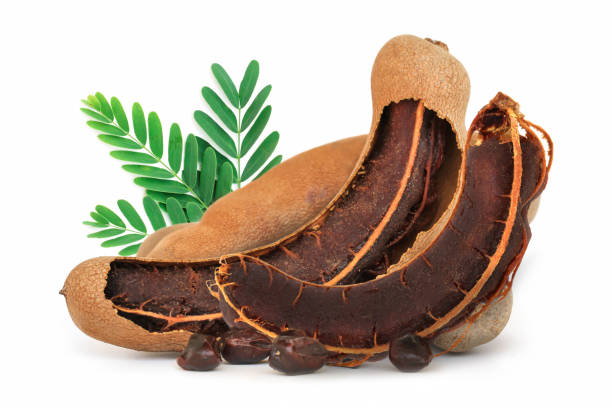
Relieve stomach ache and constipatio 
Relieve stomach ache and constipatio -
In diabetic rats, tamarind reduced blood sugar levels. Even in diabetic rats with severe hyperglycemia, this fruit might reduce it. Inflammation of pancreatic cells, especially those that make insulin, is one of the main causes of diabetes (beta cells). Tamarind can shield the pancreas from harm brought on by inflammation since it can decrease the generation of pro-inflammatory substances like TNF alpha.
The neogenesis (creation of new cells) of pancreatic beta cells can be stimulated by the seeds of this fruit. This could enable diabetic people to once again create the necessary levels of insulin. Various parts of this plant have been used to cure malaria. Similar fevers caused due to bacterial infections can also be managed with tamarind extracts. Its anti-inflammatory and antioxidant properties could play a critical role in such cases.

Help manage diabetes and hyperglycemia 
Help manage diabetes and hyperglycemia









